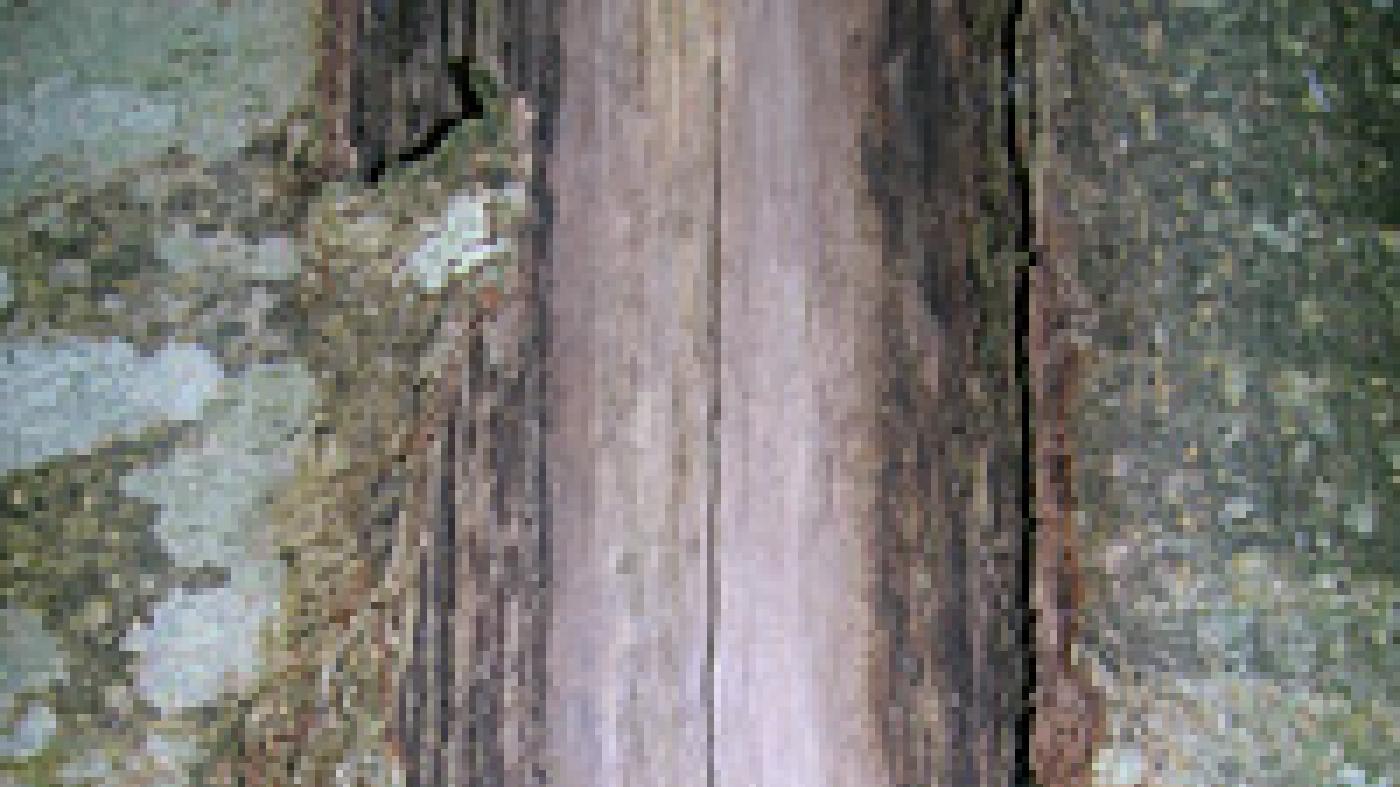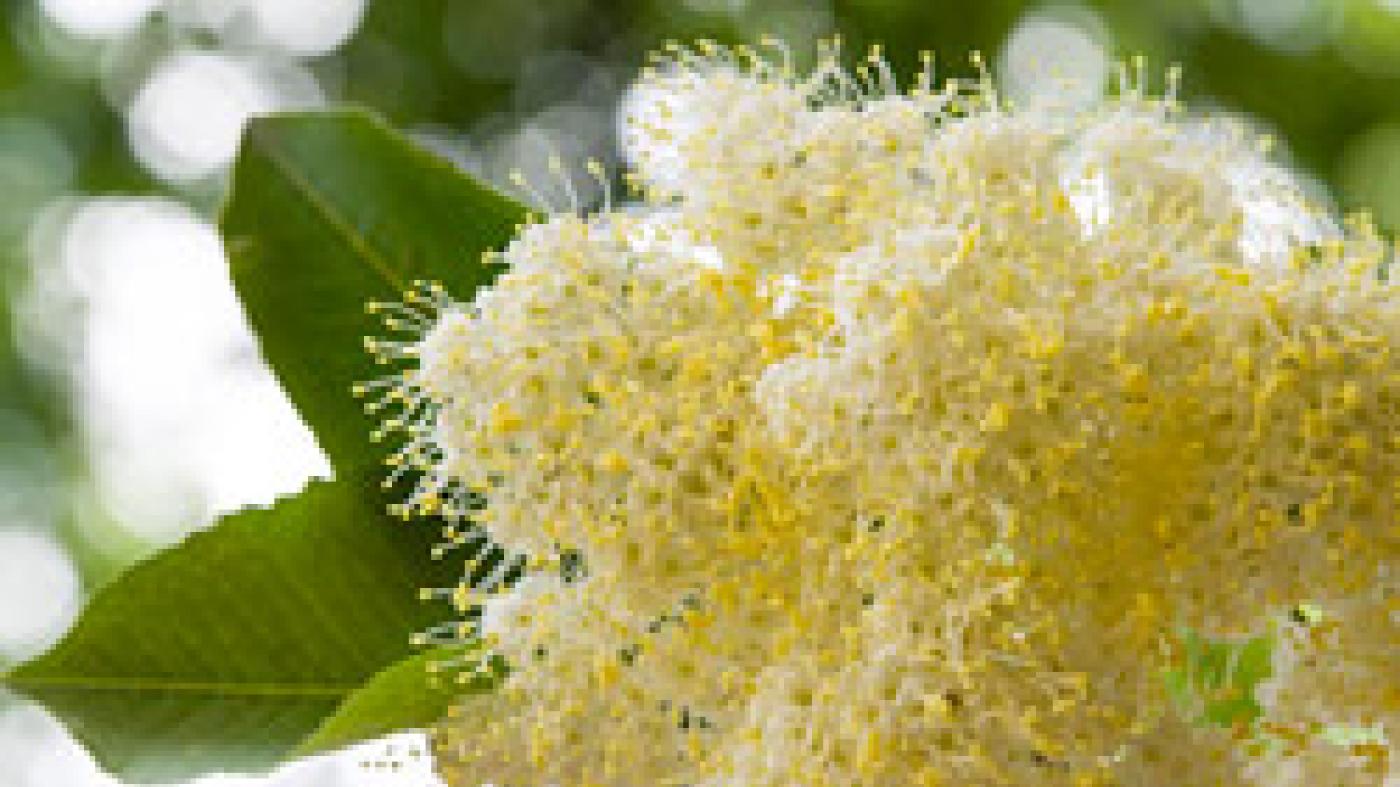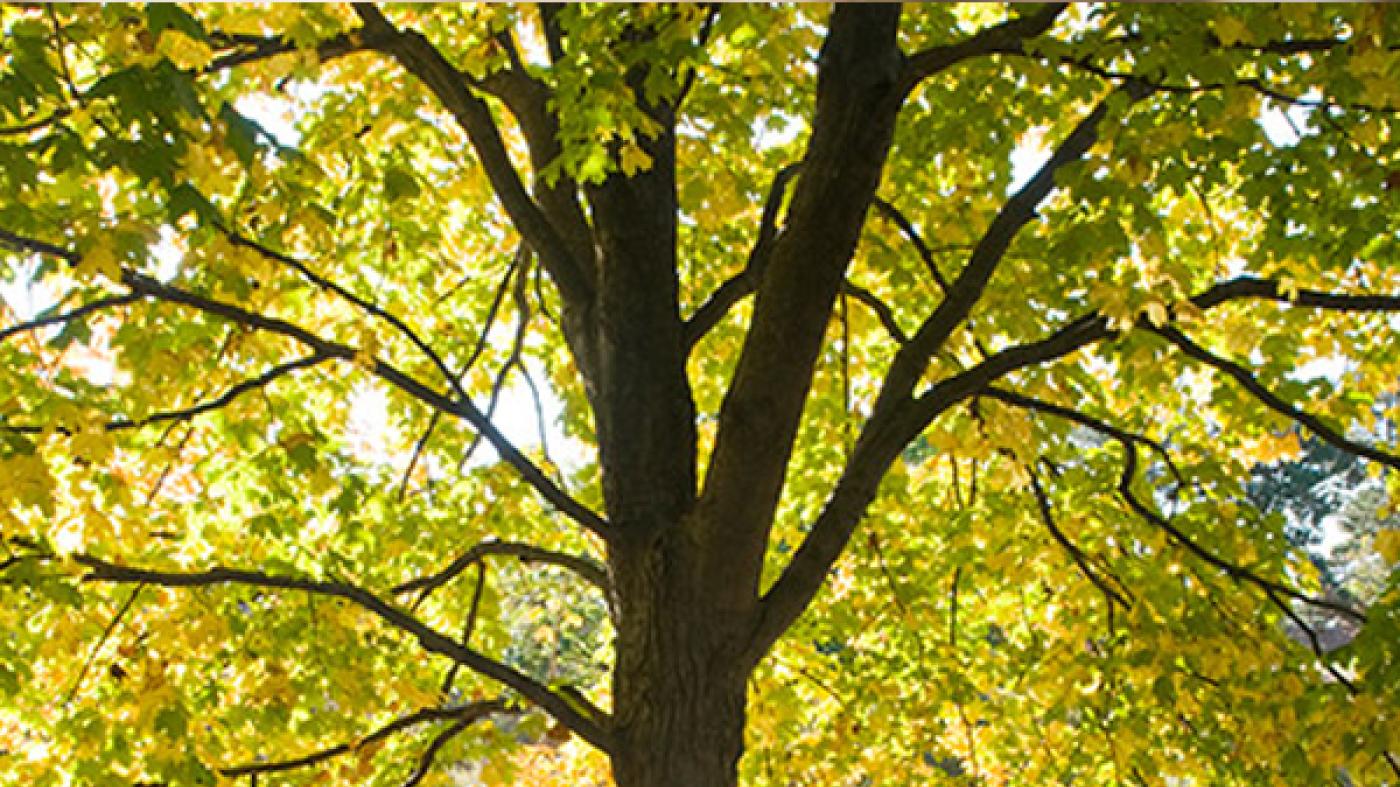
Trees

Frost Crack
Q. I have noticed frost cracking on my sycamore. What, if anything, should I do about it?

Maple leaves have black spots
Q. I noticed that the maples in my neighborhood have black spots on them. Are the trees sick?
Prepare for Spring in the Fall
Q. Is there is anything I can do now in the garden to make next spring’s work easier?
A. Here are some general recommendations for tasks to do now to prepare for next spring:

Viburnum Leaf Beetle
Q. Is it true that some viburnums will not be affected by the viburnum leaf beetle?

Trees and Shrubs Recovering from Drought

Preparing trees and shrubs for winter
Q. Is there anything that I can do to prepare my trees and shrubs for winter?
Live holiday trees
Q. We are thinking about getting a live, not cut, holiday tree this year.
What do you recommend?
Fertilizing trees and shrubs
Q: How often should I fertilize the roots of my trees and shrubs?
A: As a general rule, it is not necessary to use synthetic fertilizers for trees and shrubs unless the plants exhibit a nutrient deficiency. Good soil nutrition and a two-inch layer of compost, such as leaf mulch, placed around your trees and shrubs on a yearly basis should be sufficient for good plant health.
Planting Trees and Shrubs in Fall
Q. What are the current guidelines for planting trees and shrubs in the fall?
Planting Trees
Q. Is there anything special that I need to do before planting a tree?
A. A very important first step before planting a tree is to select the right tree for your location. In order to ensure a healthy tree, many factors need to be taken into consideration such as light, soil, pH, pruning requirements, maintenance, and size.
Using Soaker Hoses
Q. I have recently installed a soaker hose system throughout my garden. How long do I let the water run in order to water adequately?
Maple Tree Roots
Q. The roots of my maple tree are growing above the soil surface. Why has this happened and what can I do about it?
A. Most species of maple trees are very shallow-rooted plants, so this is quite normal. The roots of maple trees that are located in turf areas are often injured by lawn mowers and other landscape equipment; therefore, it is recommended that a two- to three-inch layer of mulch be applied to the area beneath the drip line of the tree to prevent this injury, which can seriously affect the its overall health.
Japanese maple
Q. Where is the best location to plant a Japanese maple?
A. Japanese maple plants, Acer palmatum, are wonderful garden plants if cold-hardy species are selected and they are sited in correct locations. Japanese maples prefer to be planted in moist, well-drained soil that is high in organic matter. They should ideally be planted in a sheltered location to protect them from winter winds and late spring frosts. They are often afflicted by leaf scorch; therefore, they will benefit from some light shade.
Fertilizing Trees and Shrubs
Q. Is it necessary to regularly fertilize my trees and shrubs? If so, how often should it be done?
Fall Color in Trees
Q. What accounts for the different autumn color displays in trees and shrubs?
A. Certain plants have a built-in genetic code that is responsible for their intense fall color displays. But even with these genes in place, trees and shrubs need ideal weather conditions to show off their best color. Trees should also be healthy, well-watered all season and located in full sun.
How to Espalier Crabapple Trees
Q. I often admire the crabapple trees espaliered on the Visitor Center. Is this a procedure I could duplicate at home with one or two small trees?
A. Yes, it is. An espalier is an innovative way to soften a brick wall, a trellis or even a chain link fence. If space permits, consider using more than one tree. The Red Jewel crabapple trees on the Visitor Center are espaliered into basic Y-shapes that are then extended into a diamond pattern.
Apple Scab, Crabapple Tree Disease
Q. My crabapple trees (and those of many of my neighbors) have suffered from a disfiguring disease for several years. The trees bloom well in spring, but soon afterward, the leaves develop spots, turn brown, and drop off the tree by midsummer. What can we do?
Diagnosing Disease in Crabapple Trees
Q. Every year my crabapple leaves get brown spots on them which cause the leaves to fall off of the tree before the end of the summer. What is wrong with my tree and what can I do about it?
Overwintering Citrus Trees
Q. Is it possible to grow dwarf citrus trees indoors in the winter without a greenhouse? I have a large, sunny patio where they could spend the summer months.
A. In the Midwest, dwarf citrus trees make excellent outdoor warm-weather container plants. Most are hardy to 30 degrees and do quite well when provided with warmth, humidity and full sun. To successfully overwinter these plants indoors, take the following precautions:
Treatment tips for chlorosis
Q. Quite a few trees on my property are chlorotic. Is there a particular fertilizer I can use to eliminate this problem?
Replacement options for Ash trees
Q. My Ash tree is going to be taken down and I would like to replace it with another tree of similar ornamental value. What trees would you recommend to plant in its place?
Growing Arborvitae in shade
Q. Will arborvitae grow in the shade?
A. Arborvitae (Thuja) perform best when planted in a minimum of six hours or more of direct sun per day. However, they can tolerate light shade in areas that only receive four hours of midday sun per day. According to Michael Dirr, Giant Arborvitae (Thuja plicata) may be more shade tolerant than Eastern or American Arborvitae (Thuja occidentalis). Arborvitae lose their dense habit if grown in full shade.
Emerald Ash Borer
Q. I have ash trees on my property that are doing poorly and haven't been healthy for the last few years. Do I have Emerald Ash Borer?
A. Ash trees can be afflicted by many different disease and insect problems, such as anthracnose, verticillium wilt, ash flower gall, rust, ash yellows, and borers. Early infestations of Emerald Ash Borer are very difficult to detect.
Apple tree pruning tips
Q. I have several old apple trees in serious need of pruning. When is a good time to do this?

